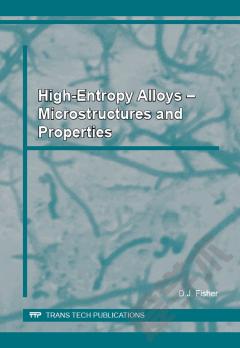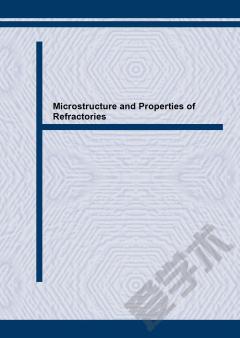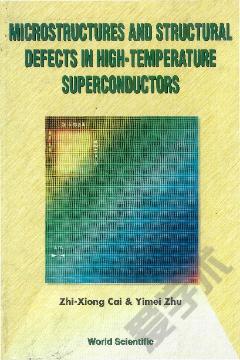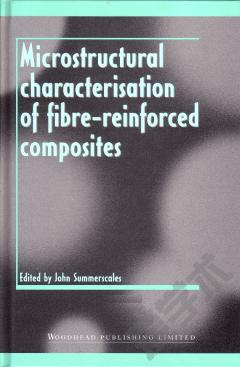High-Entropy Alloys – Microstructures and Properties
There are relatively few revolutions in the venerable and rather staid field of metallurgy. One can count among them the advent of metallic glasses, of superplastic metals, or of memory-alloys. The latest revolution involves the relatively staid topic of alloy formulation, but is all the more startling because the resultant materials break every long-cherished rule of alloy design. In particular, the famous empirical rules of hume-rothery are completely ignored. That is, in the archetypal high-entropy alloy, five metals are alloyed together in equal proportions regardless of atomic-size difference, valence or crystal structure. Commonsense would tell any experienced metallurgist that that could result only in a uselessly brittle mass of intermetallic compounds. But in a truly paradigm-shifting manner, professor j.W.Yeh of taiwan correctly predicted that a high configurational entropy could suppress the appearance of detrimental intermetallic compounds and lead to simple familiar microstructures having very useful properties. High-entropy alloys can exhibit, for instance, astounding hardness and strength and also have a very good corrosion resistance.
{{comment.content}}








 京公网安备 11010802027623号
京公网安备 11010802027623号